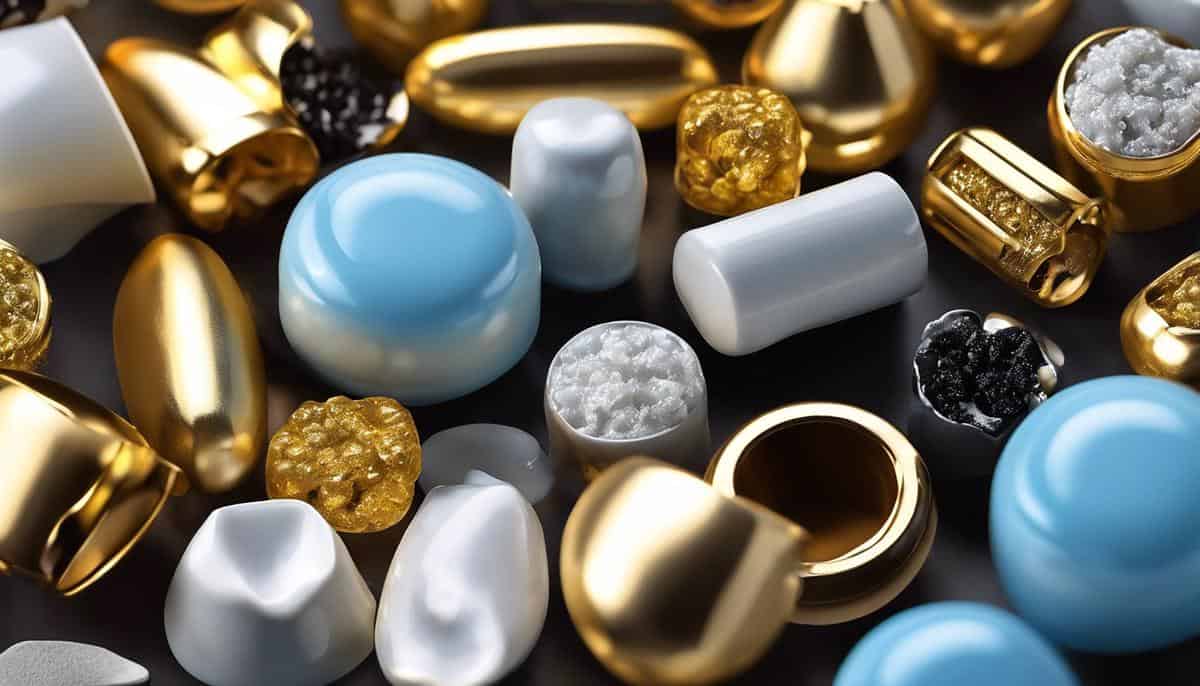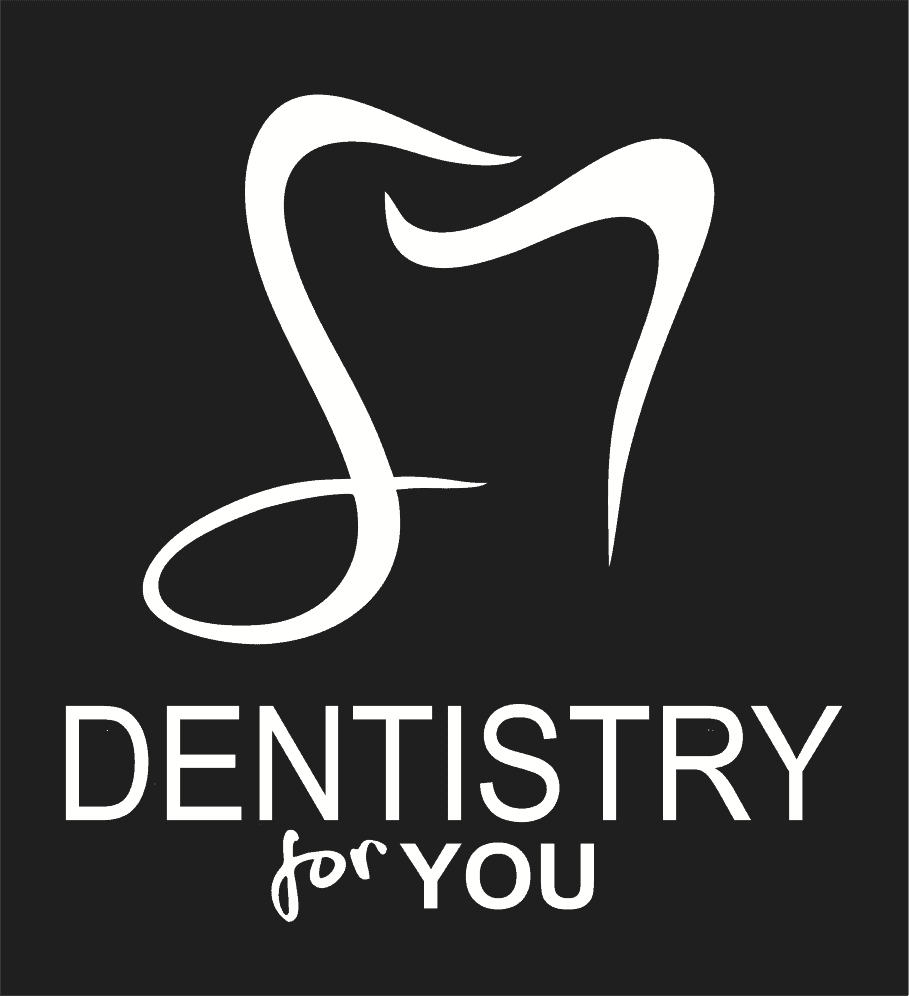
01 Dec Dental Filling Options & Materials
Dental fillings, a cornerstone of restorative dentistry, have evolved significantly to offer diverse options tailored to meet various needs of dental health and aesthetics. From the enduring resilience of gold to the modern advancements in composite resins, the material composition of dental fillings is both a testament to technological progress and a subject of extensive research. As patients seek solutions that ensure longevity, function, and compatibility with their bodies, an understanding of the various materials, including amalgam, composite, gold, and ceramic, becomes imperative. Not only must these materials restore the damaged tooth structure, but they must also harmonize with the complex environment of the oral cavity—a delicate balance that challenges both dentists and material scientists alike.
Material Composition of Dental Fillings
The quest to restore dental integrity and functionality has been a paramount concern within the field of dentistry for centuries. Among the pantheon of restorative materials, amalgam and composite resins stand as the primary contenders for filling dental cavities. Dental amalgam, a stalwart in the domain of dentistry, is a robust alloy composed primarily of mercury, silver, tin, and copper. Its durability is one of the most pronounced benefits, making it an excellent choice for repairing molars, which must withstand significant masticatory forces. Although concerns have arisen regarding the mercury content, when bound in amalgam, the metal’s toxicity is mitigated rendering the filling safe for patients under most conditions.
Composite resins, in contrast, are a more contemporary advancement that offers aesthetic harmony by closely matching the natural coloration of teeth. These resins are composed of a matrix of synthetic polymers, typically acrylate, which are interspersed with a filler material such as silica. Their ability to bond directly to tooth structure not only allows for minimally invasive restorations but also helps reinforce the remaining tooth. While they may not exhibit the same level of longevity as their amalgam counterparts, the composites offer a cosmetically superior alternative, and ongoing enhancements in material science continue to improve their strength and wear resistance.
Each material’s application is carefully considered based on a multitude of factors including the location of the cavity, the patient’s dental hygiene, aesthetic preferences, and the material’s physical properties. Ultimately, providing the patient with a long-lasting and functional restoration that seamlessly integrates with the natural biomechanics of their dentition is the paramount objective. Through the meticulous optimization of these materials, patients benefit from restorations that not only remedy the immediate concern of dental caries but also contribute to the long-term maintenance of oral health.

Biocompatibility and Health Concerns
Beyond the well-discussed dental amalgam and composite resins, there lies a spectrum of filling materials whose biocompatibility plays a pivotal role in oral health and systemic well-being. Biocompatibility refers to the ability of these materials to interact with the surrounding biological environment without eliciting an adverse reaction. Ion-releasing fillers, such as glass ionomers, earn repute for their cariostatic properties. These materials slowly release fluoride ions, which can contribute to the remineralization of tooth structure and bolster defenses against dental caries, a leading cause of oral distress.
Moreover, the introduction of materials such as ceramic and gold for fillings, although less common, brings forth a discussion on hypersensitivity and allergenic potential. The objective remains to find a material that the body will tolerate over long periods. Ceramics are appraised for their excellent biocompatibility due to their inert nature and resistance to corrosion, which minimizes the risk of inflammations or allergic responses. Gold fillings, while traditionally revered for durability, are seldom the material of choice due to their high cost and visual distinction from natural dentition. Consequently, the implications of these material choices extend beyond mere oral health; they have the potential to influence systemic health by preventing the spread of dental infections and reducing the burden of chronic inflammation on the body’s immune system.
Conclusively, the direct correspondence between the biocompatibility of filling materials and comprehensive well-being cannot be overstated. Each material carries inherent pros and cons that must be judiciously evaluated to align with the patient’s oral environment and general health objectives. The pursuit is not merely to fill a cavity but to ensure that the restorative process contributes positively to the delicate balance of one’s overall health.

The quest for the ideal dental filling material is an intricate interplay between science, technology, and medicine. As individuals, prioritizing our health and well-being often begins with something as small as a choice in dental filling material, potentially impacting our systemic health. While the debate over materials like mercury-containing amalgam versus newer, more biocompatible options continues, the dental community remains steadfast in its commitment to safety and innovation. Ultimately, the journey towards pioneering materials that align with the body’s natural milieu illustrates not only the remarkable adaptability of modern dentistry but the profound consideration it holds for our collective health in the years to come.





Sorry, the comment form is closed at this time.